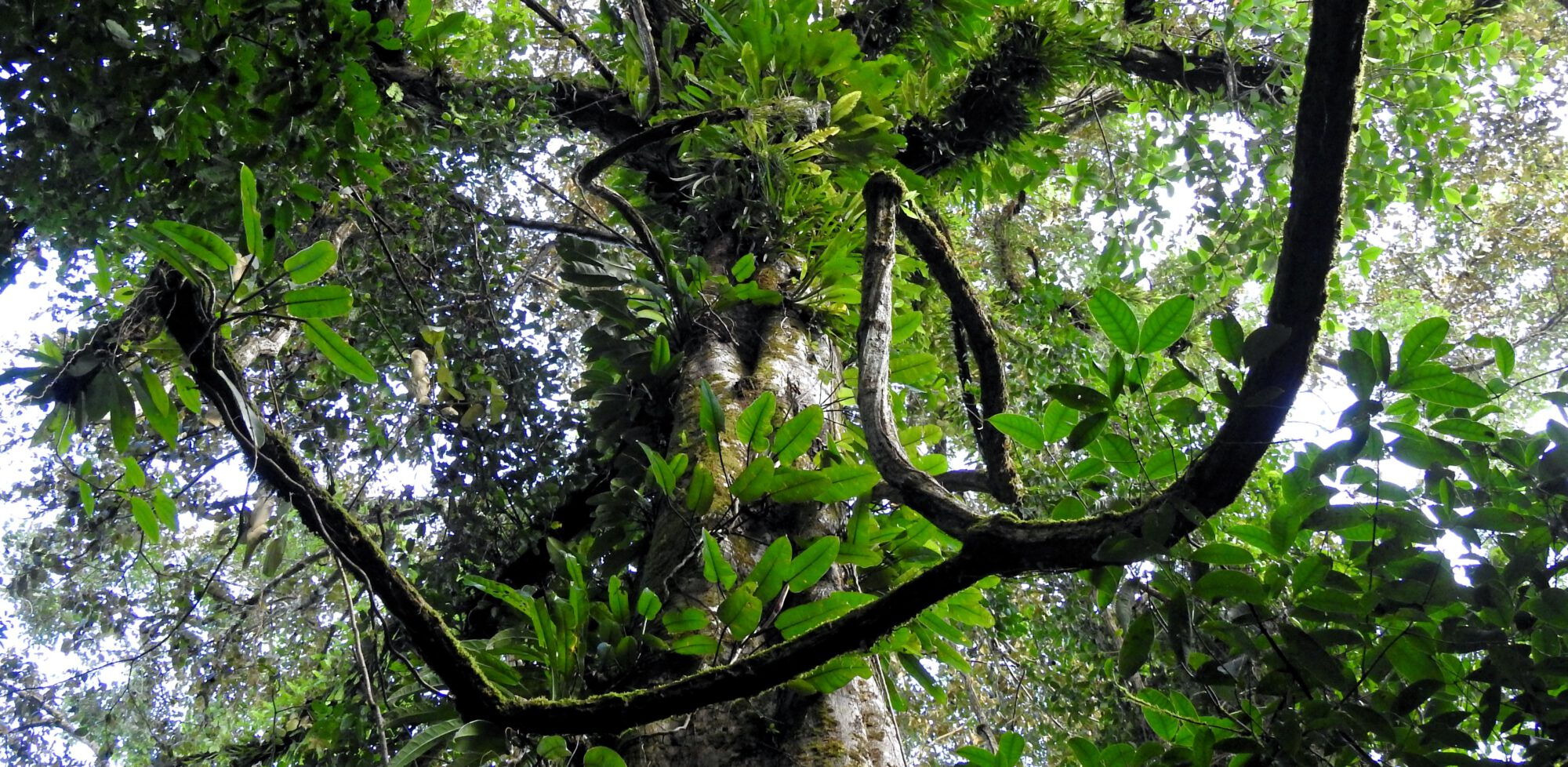This week’s interview with Hugo Araujo, Co-Founder of 7Vortex:
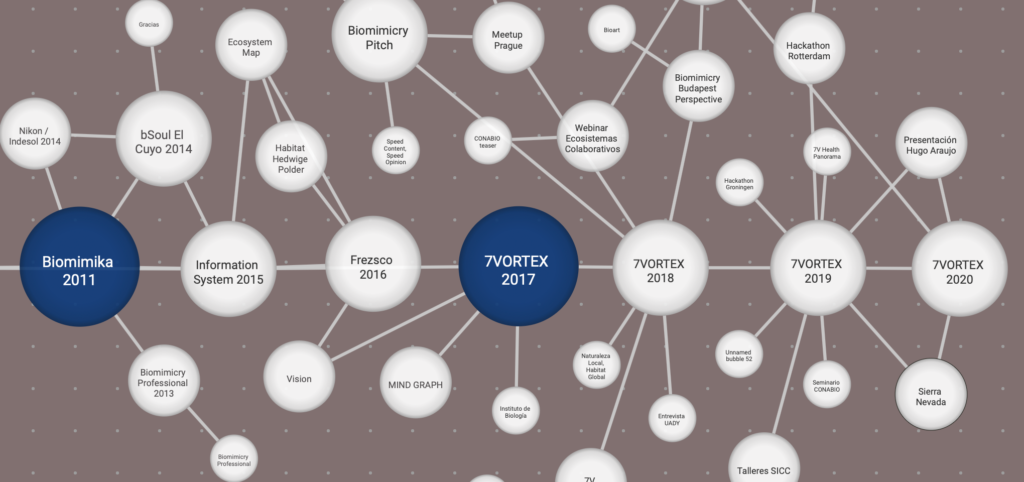
Ferdi: What role does data presentation play in the way people engage with the facts?
Hugo: The way data is presented plays a vital role in life. In biomimicry we have a principle that says “form fits to function”. For example, a specific flower might not be able to attract the same bird if it takes a different shape (i.e. presents its ‘data’ differently).
In Europe I gained some experience in the Hertogin Hedwigepolder project. When I first was there, to my eyes and after living in a Coastal Dune, it was impressive to have water ponds so close to the sea. As the project went from being a conservation program to becoming a political issue, the way in which the ecological data were presented changed.
I believe the way the data were presented engaged the people with what they believed were the ‘facts.’ In reality a healthy ecosystem was living and thriving there, but the data presentation pointed decision makers towards more short-term thinking. The facts were that a community of 6,000 trees was living there (including 3 centennial willow trees) and the migratory birds that depended upon them. The way these data were presented created a distorted perspective.
From my personal experience, before communicating facts we should be clear what our intention is. Do we want the audience to understand? Do we want them to take better decisions? Do we want to optimize rather than maximize profits? Intention, to me, plays a fundamental role in how you present and what you do with the data.
Ferdi: Please share some examples where data presentation changed the way people acted on the information.
Hugo: Here are some examples from the work we have done at 7Vortex:
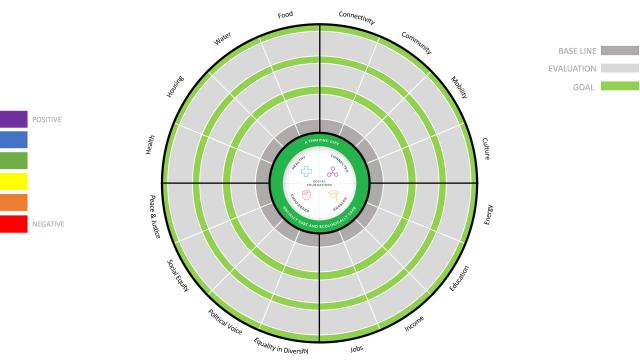
SUSTENTAVIA ENTITIES:
Using the structure of the tree rings has allowed multi-disciplinary teams to better understand the impact in a systemic way. The result was gained clarity and convergent strategies to optimize the positive impact of the participating projects.

7V GRAPH:
Showing the ecosystem as a graphical system of interactions and dependencies, has achieved a common understanding between coders and designers. It becomes easier for both mindsets to share an understanding of the the energy exchanges in 7vortex thereby creating a shared eco-systemic narrative.
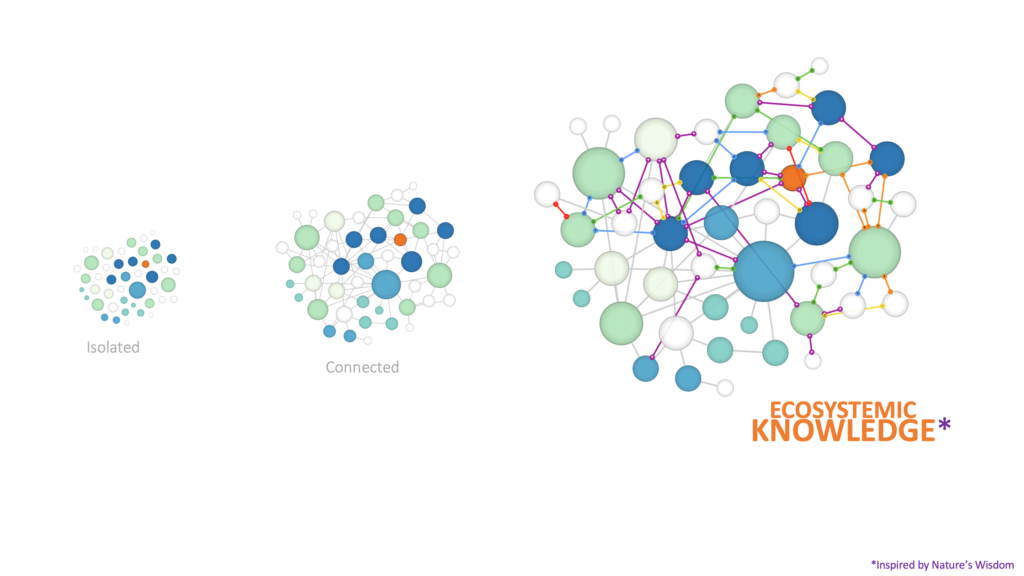
ECOSYSTEMIC NARRATIVE:
7vortex.com has become the digital canvas to map, from experience, sustainable stories. As humans we have in common visual languages such as mind-maps but we also shared the same planetary nature. Understanding the big pictures and the interdependencies by visualizing the energy exchanges has been a great tool for regenerative storytelling.
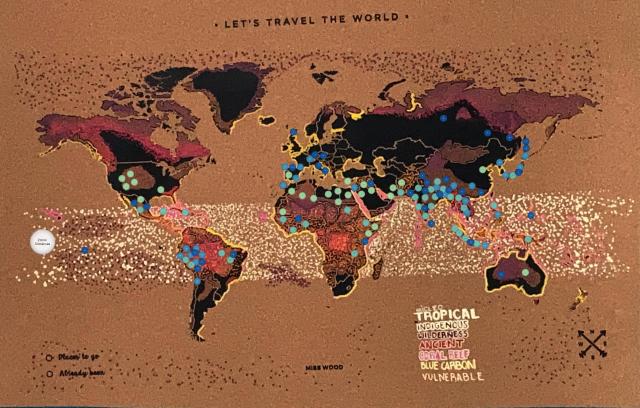
BIOSPHERE.GLOBAL:
Having a picture from the blue marble gave us a species perspective. On the other hand, the current dominant cultures refer to the tropics as the ‘Global South.’ In reality the tropics are the core regions of biodiversity and regeneration. If we want to take care of our Sistema Tierra, it is important to incorporate different perspectives. Indigenous cultures, ancient forests, wilderness, blue carbon ecosystems, climate zones, coral reefs… our global biosphere has a tropical core where abundance happens. Bioshpere.global puts this region of renewal at the core of presenting a global view.
Ferdi: What can we learn from nature in the way we collect, process and share data?
Hugo: Information management and knowledge transfer are the main biomimicry functions we adapted to design our digital platform. To me, those are my key learnings from living in the wild.
What I have learned from nature is that it is very beautiful and yet seems extraordinarily simple. Everything is connected! You do not see too many beings aside from humans that have such a predatory relationship with their own habitat. Everything and everyone seem to have an ecological niche to fill. Nature seems to have a logic and we are trying to compete with the wrong pace.
When I was living within a healthy ecosystem, I was trying to make sense of the following question: “How does nature transfer knowledge?” DNA is the accepted/straightforward answer for the scientific community. This does not come close to explaining the innate knowledge of Monarch Butterflies. The Monarchs, as we called them in Mexico, perform a non-symmetrical multi-generational cycle. They are able to follow a path without having shared a present moment in time to explain the route and transfer knowledge between generations. The butterflies, like much larger flamingos, are able to perform country-length migrations every year. How does nature manage information?
Ferdi: What do you think are some of the big misconceptions people have about data and how it is used?
Hugo: I love data. Talk to me in data language and I’ll be glad. All data points exist in the form of a planetary and digital web. Again, my question would be more oriented toward the purposes for which the data have been engaged.
I think we need a better way to connect the data and to make it more relevant. Maybe our next step is to apply the understand that nature works from the bottom-up instead of controlling things top down.
We need to create the optimal conditions for self-emergent processes. What if we empower local perspectives and give people full control of their digital identity? What if we could connect this data to create healthier ecosystems around us? So we can have access to the best food from your own bio-region.
Ferdi: What can we can learn from ancient traditions and tribal knowledge when it comes to understanding the world better?
Hugo: We are all indigenous and we are all natives. We were native ‘somewhere.’
Ancient civilizations succeeded and collapsed in specific territories. We know that by adding cities we keep extracting energy from the living grid. We have seen the results by visiting the ruins of cities all over the world.
What do we need to do in order to avoid such a fate? Who has a different path? Who has done things in such a way that seems to be in a better balance with nature? Is there someone somewhere creating thriving ecosystems instead of dead-end, extractive cities?
Every time that I have understood a glimpse of indigenous cultures, I am very surprised at how much I learn. This may not be scientific language, but the transmitted knowledge and wisdom of the stories are keystones of our understanding of the world.
We are so lucky that these cultures are alive because we also know that diversity gives resilience to the system. Now that we have realized that we act as one species in face of threats we can also understand that our advantage is collective and rooted in respect. Humanity will thrive by respecting all cultures and yet adding energy to the evolutionary process of each generation.
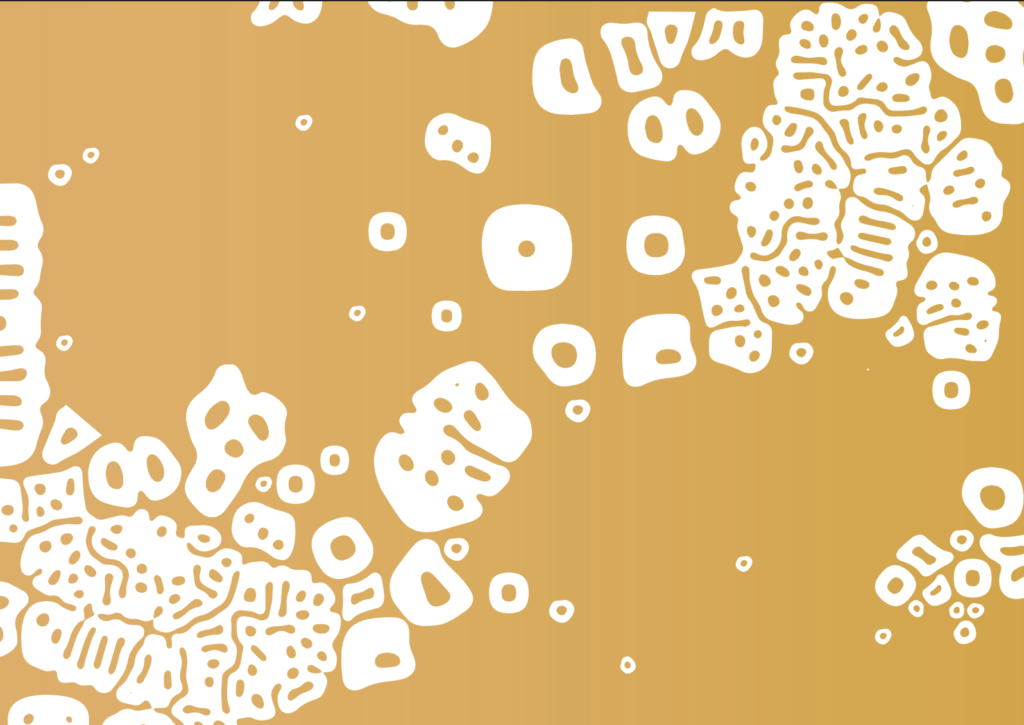
Ancient traditions are usually culture-centered perspectives towards a specific understanding of the world. Where are the patterns of the knowledge that we have produced? Indigenous people found the way to keep the information running from one generation to the next, by sharing stories and having re-enforcing loops in the local culture and their natural environment. I am sure that connecting this knowledge ecosystem will give us multi-cultural insights to enhance our responsive adaptation.
7vortex, our platform, aims to be able to connect perspectives and to enhance all this global ecosystemic narratives. The indigenous people are using the platform to visualize their own cultures, to inform sustainable governance in the form of a vortex and to make better decisions. So much to learn!
